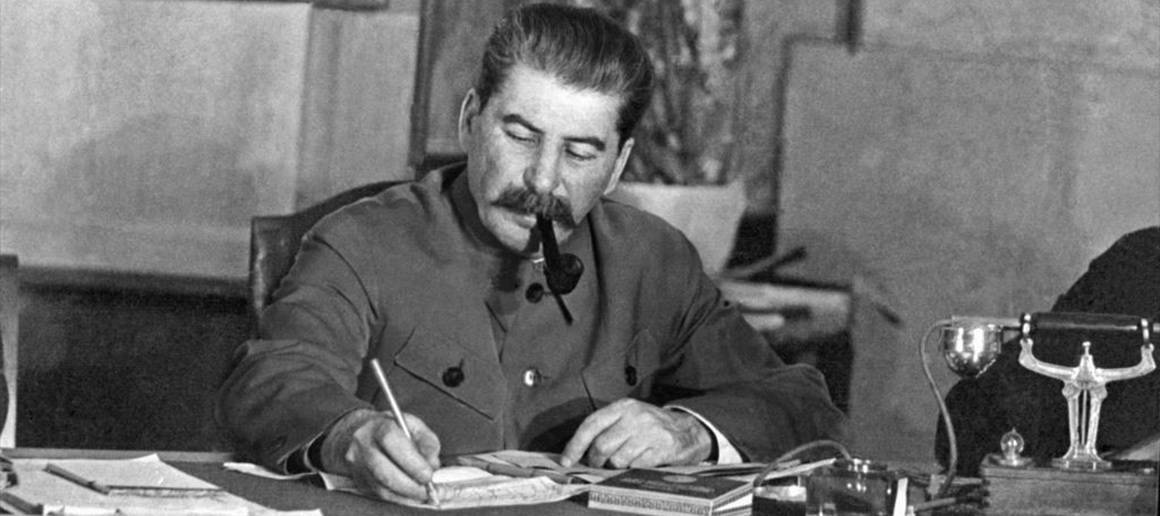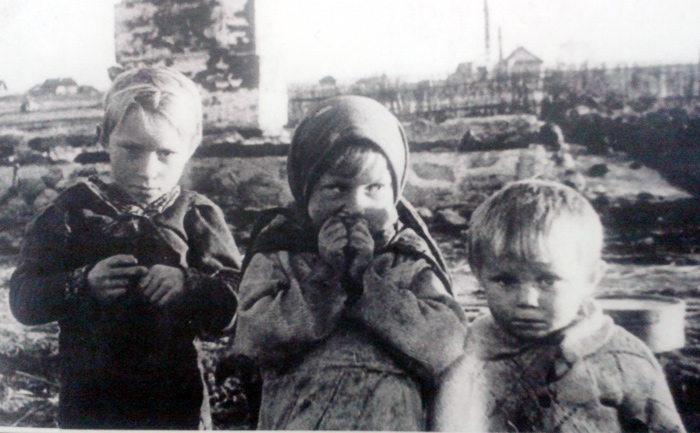tank
Specialist
- Joined
- Mar 24, 2012
- Messages
- 310
On the night of January 12-13, Soviet troops began the East Prussian strategic offensive operation

/TASS/. At the end of 1944, when the Red Army began the liberation of Europe, Anglo-American troops approached the German borders from the west. Under these conditions, the Fuhrer of the Third Reich, Adolf Hitler, decided to launch a major counter-offensive on the Allied positions. The German command developed a plan according to which 25 divisions, including seven tank divisions, were to strike through the Ardennes to Antwerp and defeat the Anglo-American forces in Belgium and the Netherlands.
On December 16, Army Group B, under the command of Field Marshal Walter Model, began the Ardennes Operation. Using the factor of surprise, Wehrmacht forces broke through the front line and advanced to a depth of 90 km to the west.

By the end of the month, the first wave of German advances was stopped by the American Third Army under the command of George Patton.

At the beginning of January 1945, Wehrmacht forces moved towards Strasbourg. On January 6, British Prime Minister Winston Churchill appealed to the Chairman of the Council of People's Commissars of the USSR, Joseph Stalin, with a request to quickly launch an attack on Germany in the east: “I will be grateful if you can tell me whether we can count on a major Russian offensive on the Vistula front or somewhere- elsewhere during January and at any other times you may wish to mention.


The next day, Joseph Stalin replied: “We are preparing for an offensive, but the weather is not the most favorable now. However, taking into account the position of our allies on the western front, the Headquarters of the Supreme High Command decided to finish preparations at an accelerated pace and, regardless of the weather, open broad offensive operations against Germans along the entire central front no later than the second half of January."

On the night of January 12–13, Soviet troops launched the East Prussian strategic offensive operation.
On January 16, the German command was forced to begin transferring troops from the western front to the eastern borders of Germany. By the end of January, the Allies had completely restored the front line and began to invade Germany from the west.


/TASS/. At the end of 1944, when the Red Army began the liberation of Europe, Anglo-American troops approached the German borders from the west. Under these conditions, the Fuhrer of the Third Reich, Adolf Hitler, decided to launch a major counter-offensive on the Allied positions. The German command developed a plan according to which 25 divisions, including seven tank divisions, were to strike through the Ardennes to Antwerp and defeat the Anglo-American forces in Belgium and the Netherlands.
On December 16, Army Group B, under the command of Field Marshal Walter Model, began the Ardennes Operation. Using the factor of surprise, Wehrmacht forces broke through the front line and advanced to a depth of 90 km to the west.

By the end of the month, the first wave of German advances was stopped by the American Third Army under the command of George Patton.

At the beginning of January 1945, Wehrmacht forces moved towards Strasbourg. On January 6, British Prime Minister Winston Churchill appealed to the Chairman of the Council of People's Commissars of the USSR, Joseph Stalin, with a request to quickly launch an attack on Germany in the east: “I will be grateful if you can tell me whether we can count on a major Russian offensive on the Vistula front or somewhere- elsewhere during January and at any other times you may wish to mention.

The next day, Joseph Stalin replied: “We are preparing for an offensive, but the weather is not the most favorable now. However, taking into account the position of our allies on the western front, the Headquarters of the Supreme High Command decided to finish preparations at an accelerated pace and, regardless of the weather, open broad offensive operations against Germans along the entire central front no later than the second half of January."

On the night of January 12–13, Soviet troops launched the East Prussian strategic offensive operation.
On January 16, the German command was forced to begin transferring troops from the western front to the eastern borders of Germany. By the end of January, the Allies had completely restored the front line and began to invade Germany from the west.












